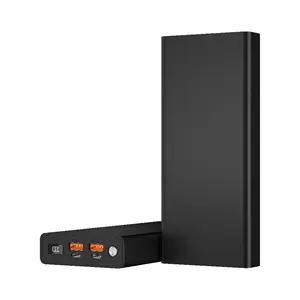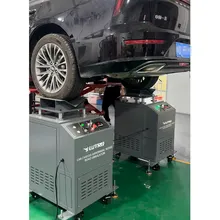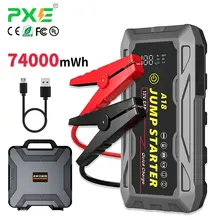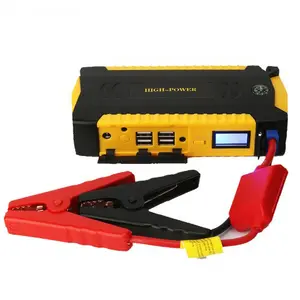
2021 n Power Bank Lieferant Aluminium LED PD 3.0 Power Bank 30000mah pd 100w Ausgangs leistungs bank 30000mah
Sofort lieferbar

Kara Manda hochwertige 4680 Auto-Gabel Powerbank für Tesla große Kapazität 25000 mAh Power Bank schnelles Aufladen tragbare Power Bank


Batterie ladegerät Auto-Starthilfe Hochleistungs-12-V-Autobatterie-Starthilfe mit Luft kompressor pumpe


2024 Schlussverkauf Outdoor tragbare Powerbank drahtlose Telefonsolarladegerät 20000 Mah Solarstrombank für Handy


Profession eller Multifunktions-Mini-Batterie-Booster UK Tragbare Power Bank Motorräder Auto-Starthilfe Jump Pack


Notfall 3000A Spitzenpumpe Auto-Starthilfe Starthilfe Akkus 24000mah tragbarer Sprungstarthilfe mit Reifenfüller




























 浙公网安备 33010002000092号
浙公网安备 33010002000092号 浙B2-20120091-4
浙B2-20120091-4